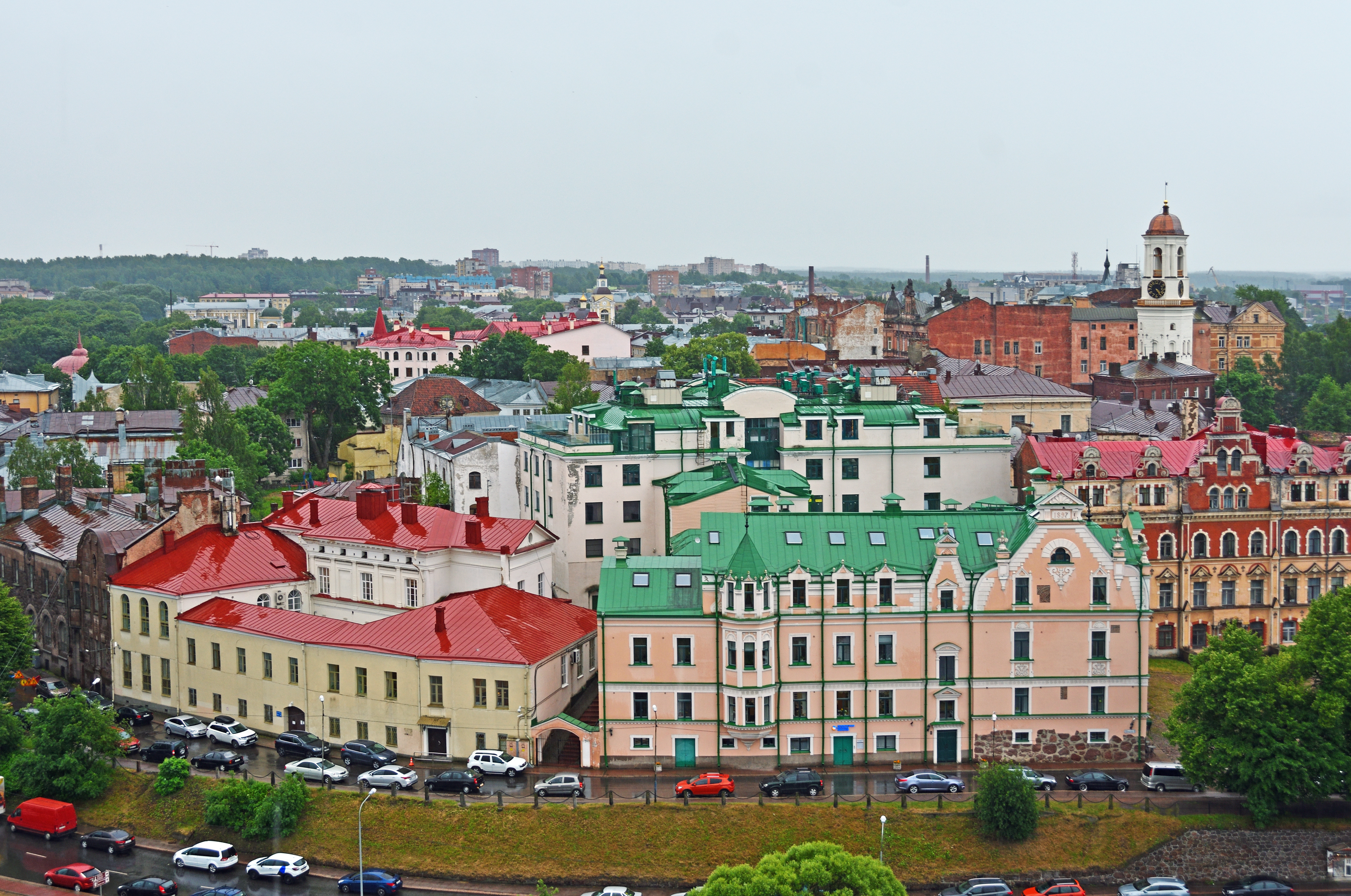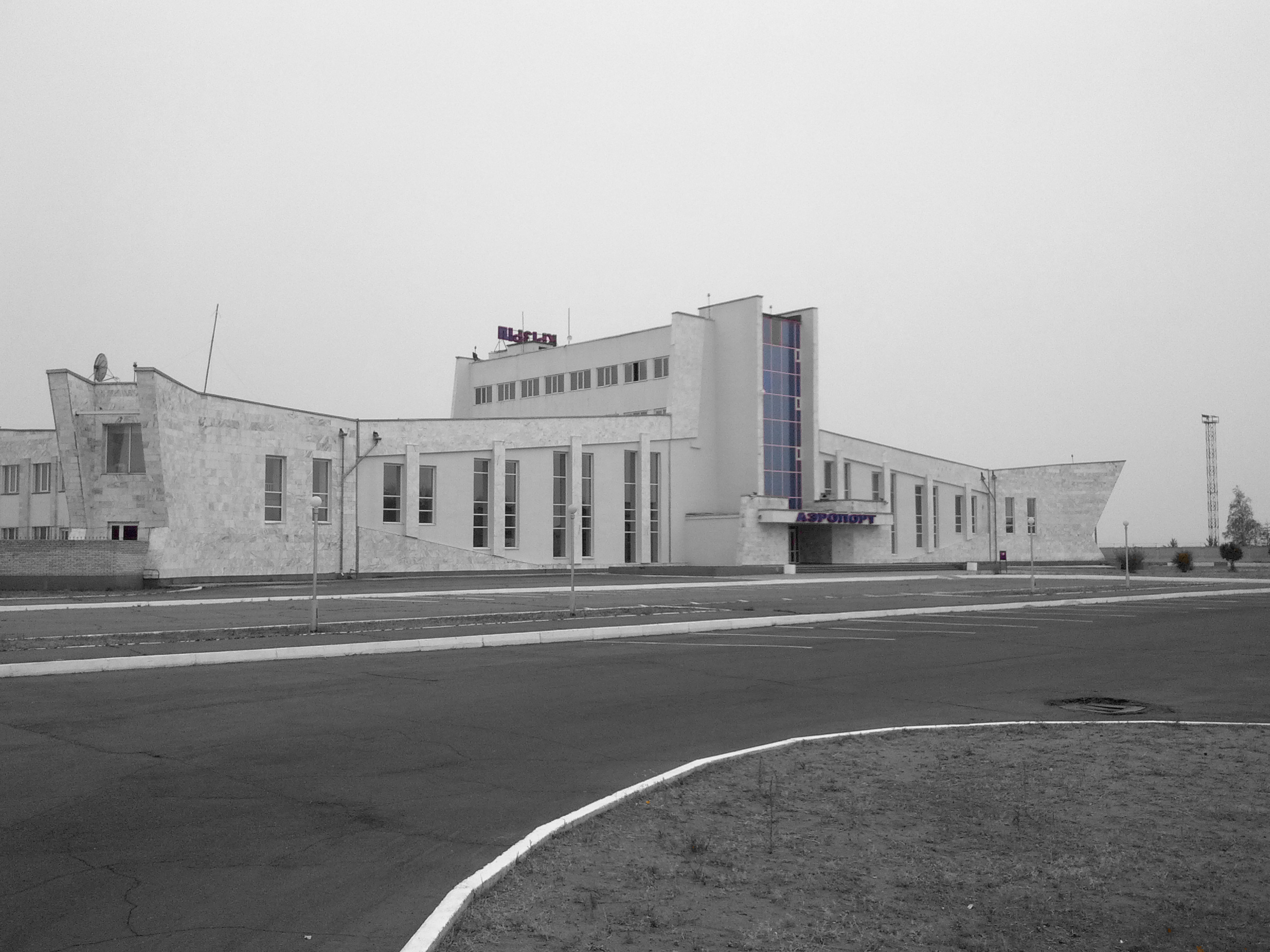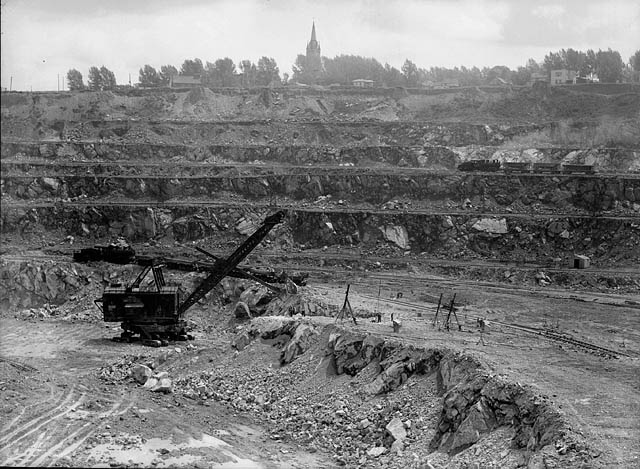|
Ak-Dovurak
Ak-Dovurak ( tyv, Ак-Довурак) is a town in the Tuva Republic, Russia, located on the Khemchik River (left tributary of the Yenisei), west of Kyzyl. The population is History It was founded in 1964 as a town housing the workers employed in construction of an asbestos plant. Administrative and municipal status Within the framework of administrative divisions, it is incorporated as the town under republic jurisdiction (urban okrug) of Ak-Dovurak—an administrative unit with the status equal to that of the districts A district is a type of administrative division that, in some countries, is managed by the local government. Across the world, areas known as "districts" vary greatly in size, spanning regions or county, counties, several municipality, municipa ... (''kozhuuns'').Resolution #1648 ZP-1 As a municipal division, the town under republic jurisdiction (urban okrug) of Ak-Dovurak is incorporated as Ak-Dovurak Urban Okrug.Law #268 VKh-1 References Notes Sou ... [...More Info...] [...Related Items...] OR: [Wikipedia] [Google] [Baidu] |
Administrative Divisions Of The Tuva Republic
The administrative-territorial structure of the Tuva Republic in 2008–2011 was regulated by the Law #627 VKh-2, adopted on March 19, 2008. According to the law, the units of the administrative division mirror the municipal divisions of the republic and include the municipal districts, urban okrugs, urban settlements, and rural settlements. The law also allows the use of alternative terminology to refer to the units of the administrative divisions. The term "municipal district" is used on par with the ethnic term "''kozhuun''", while the term "rural settlement" is used on par with the ethnic term "'' sumon''". "''Kozhuun''" ( Russian and tyv, кожуун) is the Tuvan term of a historical feudal administrative division known as a ''banner''. Tuva historically had nine ''kozhuuns'' named Tozhu, Salchak, Oyunnar, Khemchik, Khaasuut, Shalyk, Nibazy, Daa-van and Choodu, and Beezi. Each ''kozhuun'' was divided into ''sumu'' which was then subdivided into ''arban''. In mo ... [...More Info...] [...Related Items...] OR: [Wikipedia] [Google] [Baidu] |
Khemchik River
The Khemchik (russian: Хемчик; tyv, Хемчик, ''Xemçik'') is a river in Tuva in Russia, a left tributary of the Yenisey. The length of the river is 320 km, the area of its drainage basin is 27,000 km². The Khemchik freezes up in November and remains icebound until late April - early May. Its main tributaries are the Alash and Ak-Sug from the left, and the Barlyk and Chadan from the right.Хемчик The town Ak-Dovurak is located in the valley of the Khemchik. See also * |
Tuva Republic
Tuva (; russian: Тува́) or Tyva ( tyv, Тыва), officially the Republic of Tuva (russian: Респу́блика Тыва́, r=Respublika Tyva, p=rʲɪˈspublʲɪkə tɨˈva; tyv, Тыва Республика, translit=Tyva Respublika ), is a federal subject of Russia (a republic, also defined in the Constitution of the Russian Federation as a state). The Tuvan Republic lies at the geographical center of Asia, in southern Siberia. The republic borders the Altai Republic, the Republic of Khakassia, Krasnoyarsk Krai, Irkutsk Oblast, and the Republic of Buryatia in Russia and Mongolia to the south. Tuva has a population of 307,930 ( 2010 census). Its capital is the city of Kyzyl. From 1921 to 1944, Tuva constituted a sovereign, independent, but partially recognized nation, acknowledged only by its neighbors the Soviet Union and Mongolia. It was known officially as Tannu Tuva until 1926 and thereafter as the Tuvan People's Republic. A majority of the population are ... [...More Info...] [...Related Items...] OR: [Wikipedia] [Google] [Baidu] |
City Of Federal Subject Significance
City of federal subject significance is an administrative division of a federal subject of Russia which is equal in status to a district but is organized around a large city; occasionally with surrounding rural territories. Description According to the 1993 Constitution of Russia, the administrative-territorial structure of the federal subjects is not identified as the responsibility of the federal government or as the joint responsibility of the federal government and the federal subjects."Энциклопедический словарь конституционного права". Статья "Административно-территориальное устройство". Сост. А. А. Избранов. — Мн.: Изд. В.М. Суров, 2001. This state of the matters is traditionally interpreted by the governments of the federal subjects as a sign that the matters of the administrative-territorial divisions are the sole responsibility of the fe ... [...More Info...] [...Related Items...] OR: [Wikipedia] [Google] [Baidu] |
Types Of Inhabited Localities In Russia
The classification system of human settlement, inhabited localities in Russia and some other post-Soviet Union, Soviet states has certain peculiarities compared with those in other countries. Classes During the Soviet Union, Soviet time, each of the republics of the Soviet Union, including the Russian Soviet Federative Socialist Republic, Russian SFSR, had its own legislative documents dealing with classification of inhabited localities. After the history of the Soviet Union (1985-1991), dissolution of the Soviet Union, the task of developing and maintaining such classification in Russia was delegated to the federal subjects of Russia, federal subjects.Articles 71 and 72 of the Constitution of Russia do not name issues of the administrative and territorial structure among the tasks handled on the federal level or jointly with the governments of the federal subjects. As such, all federal subjects pass :Subtemplates of Template RussiaAdmMunRef, their own laws establishing the s ... [...More Info...] [...Related Items...] OR: [Wikipedia] [Google] [Baidu] |
Russia
Russia (, , ), or the Russian Federation, is a transcontinental country spanning Eastern Europe and Northern Asia. It is the largest country in the world, with its internationally recognised territory covering , and encompassing one-eighth of Earth's inhabitable landmass. Russia extends across eleven time zones and shares land boundaries with fourteen countries, more than any other country but China. It is the world's ninth-most populous country and Europe's most populous country, with a population of 146 million people. The country's capital and largest city is Moscow, the largest city entirely within Europe. Saint Petersburg is Russia's cultural centre and second-largest city. Other major urban areas include Novosibirsk, Yekaterinburg, Nizhny Novgorod, and Kazan. The East Slavs emerged as a recognisable group in Europe between the 3rd and 8th centuries CE. Kievan Rus' arose as a state in the 9th century, and in 988, it adopted Orthodox Christianity from the ... [...More Info...] [...Related Items...] OR: [Wikipedia] [Google] [Baidu] |
Tributary
A tributary, or affluent, is a stream or river that flows into a larger stream or main stem (or parent) river or a lake. A tributary does not flow directly into a sea or ocean. Tributaries and the main stem river drain the surrounding drainage basin of its surface water and groundwater, leading the water out into an ocean. The Irtysh is a chief tributary of the Ob river and is also the longest tributary river in the world with a length of . The Madeira River is the largest tributary river by volume in the world with an average discharge of . A confluence, where two or more bodies of water meet, usually refers to the joining of tributaries. The opposite to a tributary is a distributary, a river or stream that branches off from and flows away from the main stream. PhysicalGeography.net, Michael Pidwirny ... [...More Info...] [...Related Items...] OR: [Wikipedia] [Google] [Baidu] |
Yenisei River
The Yenisey (russian: Енисе́й, ''Yeniséy''; mn, Горлог мөрөн, ''Gorlog mörön''; Buryat: Горлог мүрэн, ''Gorlog müren''; Tuvan: Улуг-Хем, ''Uluğ-Hem''; Khakas: Ким суғ, ''Kim suğ''; Ket: Ӄук, ''Quk''; Nenets: Ензя-ям’, ''Enzja-jam''), also romanised as Yenisei, Enisei, or Jenisej, is the fifth-longest river system in the world, and the largest to drain into the Arctic Ocean. Rising in Mungaragiyn-gol in Mongolia, it follows a northerly course before draining into the Yenisey Gulf in the Kara Sea. The Yenisey divides the Western Siberian Plain in the west from the Central Siberian Plateau to the east; it drains a large part of central Siberia. It is the central one of three large Siberian rivers that flow into the Arctic Ocean (the other two being the Ob and the Lena). The maximum depth of the Yenisey is and the average depth is . The depth of river outflow is and inflow is . Geography The Yenisey proper, f ... [...More Info...] [...Related Items...] OR: [Wikipedia] [Google] [Baidu] |
Kyzyl
Kyzyl (; Tuvan and russian: Кызыл; , ) is the capital city of the republic of Tuva, Russia. The name of the city means "red" or "crimson" in Tuvan (and in many other Turkic languages). Its population was History The city was founded in 1914 as Belotsarsk (russian: Белоцарск, link=no, ; "White Tsar's town"). In 1918, it was renamed Hem-Beldir ( tyv, Хем-Белдир, link=no, ). In 1926 it was given its present name. When the city was the capital of Tannu Tuva, it was named Kizil Khoto. In September 2014, Kyzyl celebrated its 100th anniversary as a city. The settlement was founded in 1914 by Russian settlers immediately after the entry of the then Uryanhai Territory under the protectorate of the Russian Empire called '' Belotsarsk ''. In 1918, in connection with the revolution and the antimonarchist movement, it was renamed to Khem-Beldyr, and in 1926 to Kyzyl ( Tuv .: ''red''). In 1921–1944, the city was the capital of Tuvan People's Republic, from 19 ... [...More Info...] [...Related Items...] OR: [Wikipedia] [Google] [Baidu] |
Asbestos
Asbestos () is a naturally occurring fibrous silicate mineral. There are six types, all of which are composed of long and thin fibrous crystals, each fibre being composed of many microscopic "fibrils" that can be released into the atmosphere by abrasion and other processes. Inhalation of asbestos fibres can lead to various dangerous lung conditions, including mesothelioma, asbestosis, and lung cancer, so it is now notorious as a serious health and safety hazard. Archaeological studies have found evidence of asbestos being used as far back as the Stone Age to strengthen ceramic pots, but large-scale mining began at the end of the 19th century when manufacturers and builders began using asbestos for its desirable physical properties. Asbestos is an excellent electrical insulator and is highly fire-resistant, so for much of the 20th century it was very commonly used across the world as a building material, until its adverse effects on human health were more widely acknowl ... [...More Info...] [...Related Items...] OR: [Wikipedia] [Google] [Baidu] |
Subdivisions Of Russia
Russia is divided into several types and levels of subdivisions. Federal subjects Since 30 September 2022, the Russian Federation has consisted of eighty-nine federal subjects that are constituent members of the Federation.Constitution, Article 65 However, six of these federal subjects—the Republic of Crimea, the Donetsk People's Republic, the Kherson Oblast, the Lugansk People's Republic, the federal city of Sevastopol and the Zaporozhye Oblast—are internationally recognized as part of Ukraine. All federal subjects are of equal federal rights in the sense that they have equal representation—two delegates each—in the Federation Council (upper house of the Federal Assembly). They do, however, differ in the degree of autonomy they enjoy. De jure, there are 6 types of federal subjects—24 republics, 9 krais, 48 oblasts, 3 federal cities, 1 autonomous oblast, and 4 autonomous okrugs. Autonomous okrugs are the only ones ... [...More Info...] [...Related Items...] OR: [Wikipedia] [Google] [Baidu] |
Cities And Towns In Tuva
A city is a human settlement of notable size.Goodall, B. (1987) ''The Penguin Dictionary of Human Geography''. London: Penguin.Kuper, A. and Kuper, J., eds (1996) ''The Social Science Encyclopedia''. 2nd edition. London: Routledge. It can be defined as a permanent and densely settled place with administratively defined boundaries whose members work primarily on non-agricultural tasks. Cities generally have extensive systems for housing, transportation, sanitation, utilities, land use, production of goods, and communication. Their density facilitates interaction between people, government organisations and businesses, sometimes benefiting different parties in the process, such as improving efficiency of goods and service distribution. Historically, city-dwellers have been a small proportion of humanity overall, but following two centuries of unprecedented and rapid urbanization, more than half of the world population now lives in cities, which has had profound consequences for g ... [...More Info...] [...Related Items...] OR: [Wikipedia] [Google] [Baidu] |





